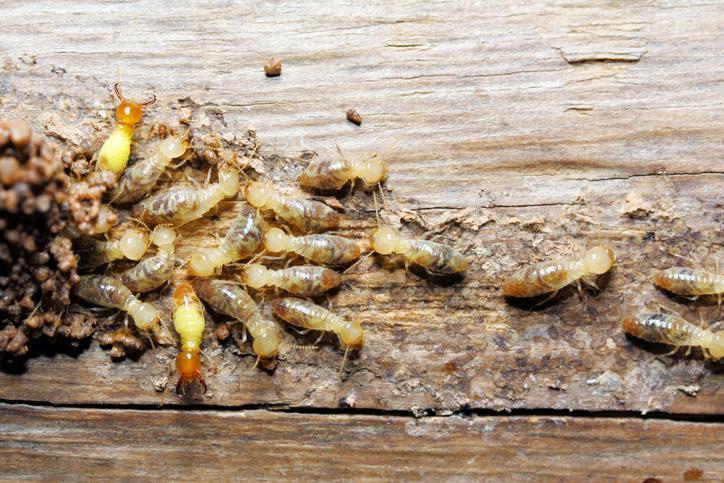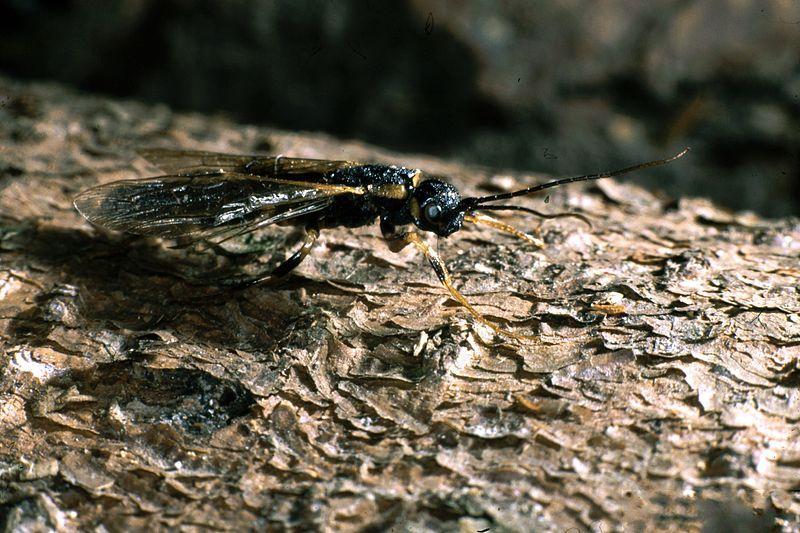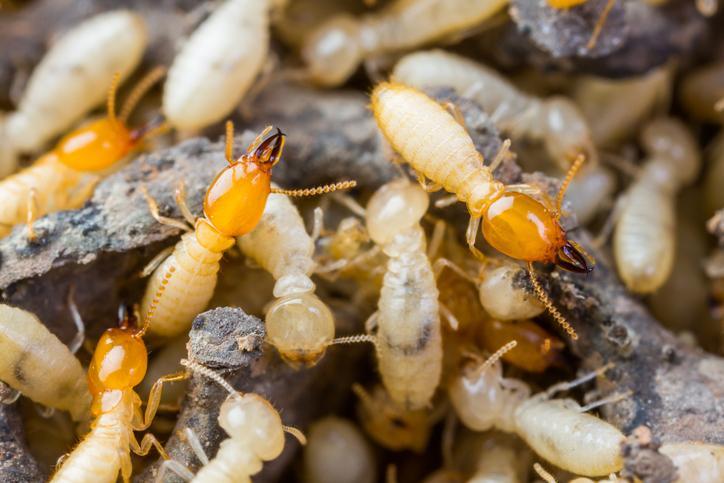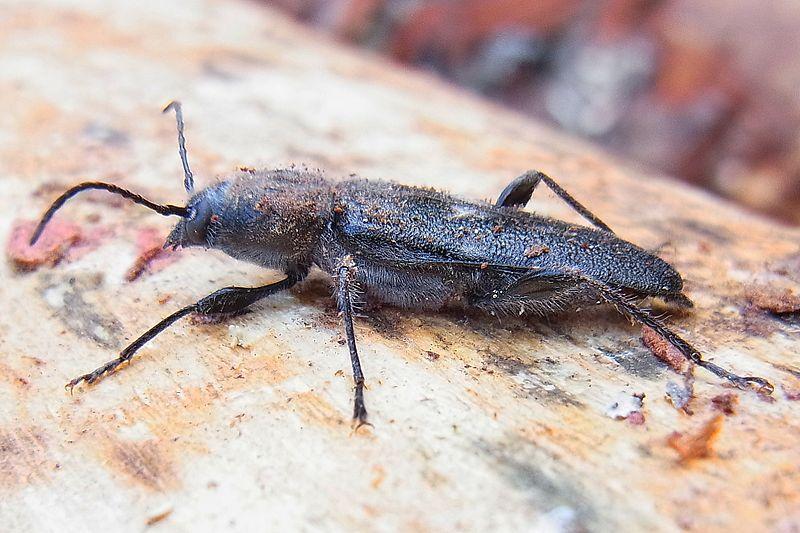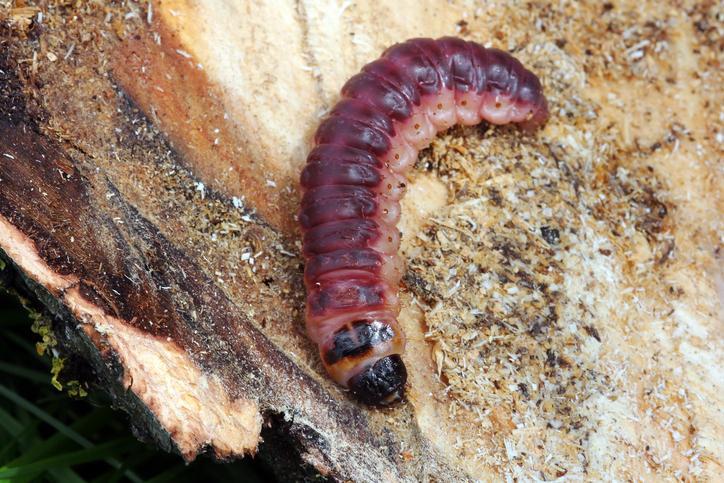Wood Eating Bugs - Insects That Eat Wood

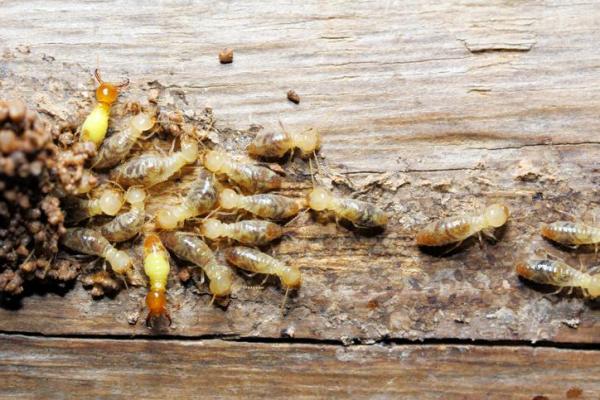
The nutritional diversity that we can find among insects is extremely varied. Insects are a group of animals within the phylum of arthropods that are characterized by having three pairs of legs and two pairs of wings. Additionally, there are almost over a million different insect species in the world. Within this group of arthropods you can find carnivorous, frugivorous, nectivorous, omnivorous animals. But, have you ever heard of xylophagy?
If you’re dealing with tiny wood bugs at home and are wondering how to distinguish wood destroying insects pictures, you’ve come to the right place! For more about the different types of wood eating bugs, their characteristics, examples and photos, keep reading here at AnimalWised.
- Xylophagia definition
- Why do these insects eat wood?
- Wood borer
- Horntails
- Termites
- Woodworm
- Carpenter moths
- Wood eating bugs: examples
- Home remedies for wood boring insects
- Wood boring insects identification
Xylophagia definition
Animals that feed on wood are called "xylophages." However, not all animals that feed on wood do so exclusively, as they tend to also feed on other plants. Insects that feed specifically on wood have a specific type of microbiota in their digestive system that helps them digest cellulose, like that with herbivorous mammals.
For more, read about herbivorous animals here.
Why do these insects eat wood?
The digestion of plant products by animals is very complex, since breaking down cellulose requires a symbiotic relationship with intestinal bacteria and external fungi. Insects that feed on wood have a special microbiota, prepared to extract carbon from wood.
Digestion of wood produces high amounts of acetate that should technically cause damage to these animals. According to some studies, however, this acetate is never found in feces. Instead, it is transformed into carbon dioxide and released into hemolymph, to later be expelled through breathing.
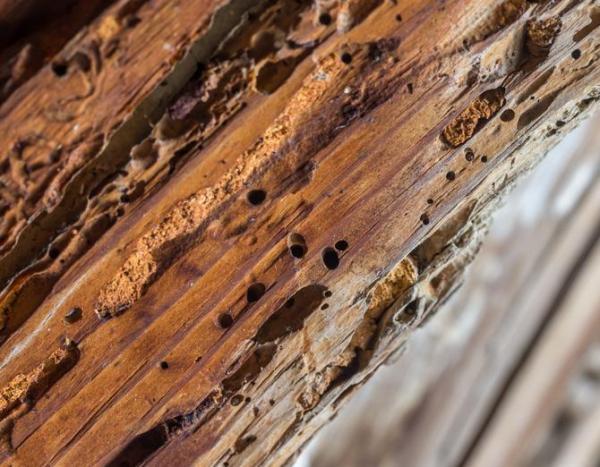
Wood borer
So, which insects eat wood? Below we show you the main wood eating insects and their characteristics. Keep reading to discover the which insects might be part of your wood borer infestation here!
1. Horntails
Horntails, also known as wood wasps, are a group of insects that belong to the Siricidae family. There are about 150 different species of wood wasps, that all share one common characteristic: their larvae feed on wood.
Females wood wasps place their eggs in small cracks or holes in the wood of the trees. Once the eggs hatch, the larvae feed on the wood while also creating tunnels to move. For their digestion to take place, they need the presence of a fungus with which they establish a symbiosis relationship
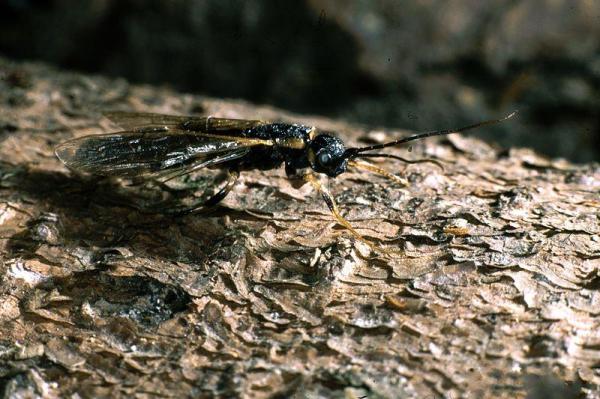
2. Termites
Termites are insects that belong to the order Blattodea. Although their appearance and way of life are similar to that of ants, these insects are more closely related to cockroaches. There are more than 3,000 different species of termites in the world.
Termites are feared by humans, as they tend to colonize the wooden human building structures, completely destroying them in the case that a proper pest eradication has not been carried out. Some termite species live in wet wood, others in dry wood and some live in the ground, building colossal termite mounds whereby they leave the ground in search of their favorite food, wood.
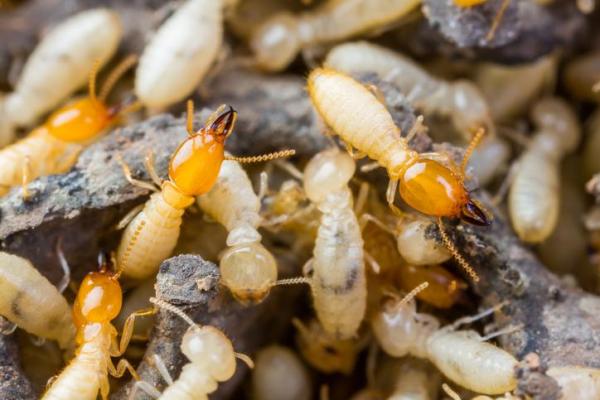
3. Woodworm
There are several families of beetles or woodworms that feed on wood. Woodworms are beetles that belong to the Anobiidae family. This wood destroying beetle can be detected when small shallow holes appear in furniture, sculptures, etc. These holes are made by adult woodworms and the females lay their eggs in cracks. These, when hatching, devour the interior of the wood, performing various metamorphoses whereby they end up emerging as a new individual.
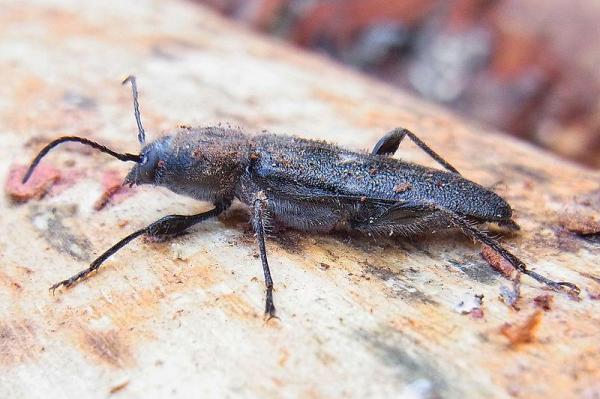
4. Carpenter moths
Carpenter moths are a family of nocturnal butterflies called Cossidae. Adults of this species do not feed on anything, rahter, they have an atrophied tube and their only function is to reproduce. Its large larvae feed on old, moist wood. They remain hidden under the bark of the trees throughout their youth period, which can sometimes last more than three years.
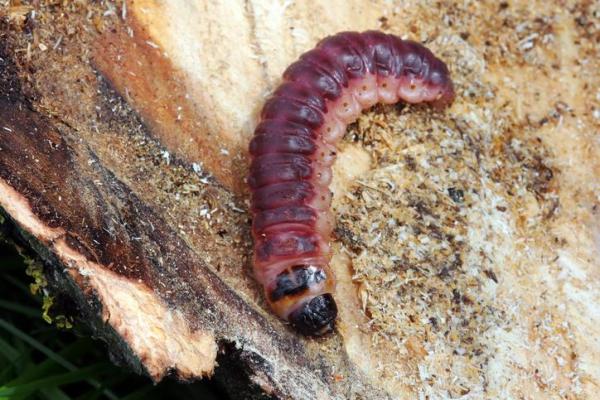
Wood eating bugs: examples
So what are the scientific names of these insects that feed on wood:
- Goat moth (Cossus cossus)
- Deathwatch Beetle (Xestobium rufovillosum)
- House longhorn beetle (Hylotrupes bajulus)
- Fungus-grwoing termite (Macrotermes natalensis)
- Magnetic termite (Amitermes meridionalis)
- Tree Termite (Nasutitermes)
- Wood wasp (Xeris spectrum)
- Canary Termite (Kalotermes Dispar)
- Dry wood termites (Kalotermes flavicollis / Cryptotermes brevis)
- Brown powderpost beetle (Lyctus brunneus)
Home remedies for wood boring insects
Are you dealing with a wood borer infestation? If so, try out some of these effective tips for home remedies for wood boring insects:
- Identify whether or not the infestation is active. If not, you can either replace your wood or seal the current wood.
- You can also sand or varnish your wood to keep wood boring beetles from targeting cracks and holes in the wood.
- Mix 1 part water with 1 part Bora-Care (a low toxicity wood preservative). Apply it onto the wood using a paint brush or sprayer. This mixture will depend on the quantity, refer to bottle instruction for more.
Wood boring insects identification
For more about insects and termites in the home and home remedies for wood boring insects, we recommend reading our following articles:
If you want to read similar articles to Wood Eating Bugs - Insects That Eat Wood, we recommend you visit our Healthy diets category.
- Breznak, J. A. (1982). Intestinal microbiota of termites and other xylophagous insects. Annual Reviews in Microbiology, 36(1), 323-323.Morgan, F. D. (1968). Bionomics of siricidae. Annual Review of Entomology, 13(1), 239-256.White, R. E. (1973). Type-species for world genera of Anobiidae (Coleoptera). Transactions of the American Entomological Society (1890-), 99(4), 415-475.

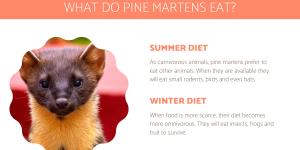

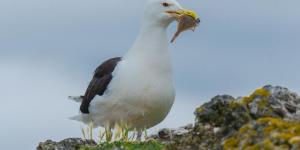
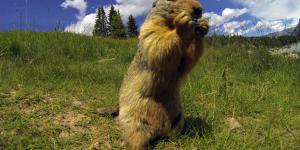

 Does anyone know what this is?
Does anyone know what this is?

